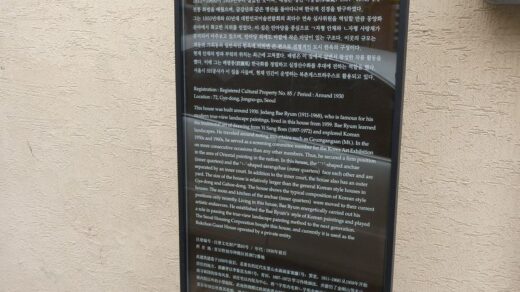As we get started on another set of brand new Korean translation tips (see Sets #1, #2, and #3 [EXPIRED LINK REMOVED: /2013/12/eight-more-tips-this-is-set-3-for-helping-you-handle-your-korean-translation-projects-properly]), I’ve got a series of three related tips to introduce to you… This is Part I.
It really surprises me how often my team and I get asked to translate English into Korean phrase-by-phrase (rather than sentence-by-sentence).
This is in spite of the fact that my Korean Handbook for Translation Agencies [EXPIRED LINK REMOVED: https://agency.koreanconsulting.com/docs/Korean-Handbook-for-Translation-Agencies.pdf] already forbids this horrific practice, and my previous email tips have shown the awful things that can happen to translations when texts are broken up into pieces (such as this Microsoft Windows 7 error).
The practice is so persistent that I’ve been trying to come up with a visual way of making my point clear and I’ve come up with this.
You’re going to have to watch a one-minute video though… Trust me, it’s interesting!
Korean Translation Tip – If you’re ever tempted to ask that English sentences be translated into Korean in the order the words appear in the English, please rewatch the above video to understand why English and Korean can’t be connected that way.
BTW, if you’d like a clearer image of the text side-by-side, click the graphic below. (FYI, the red text is content in Korean that can’t be translated to English; the green text is English that’s left out of the Korean.)



